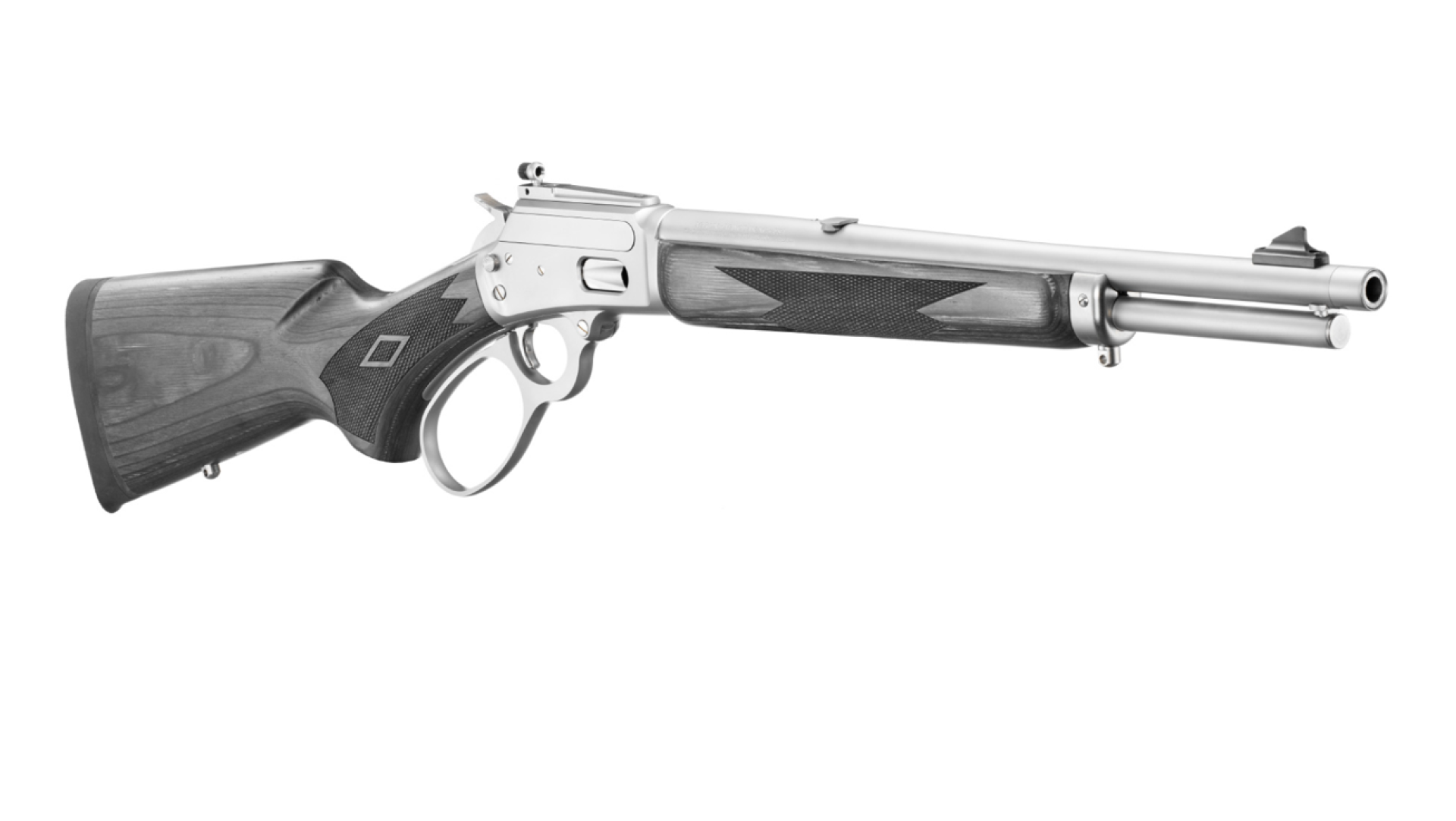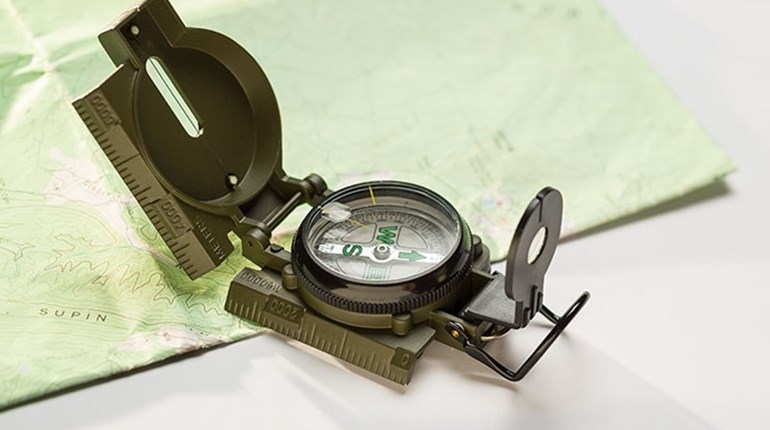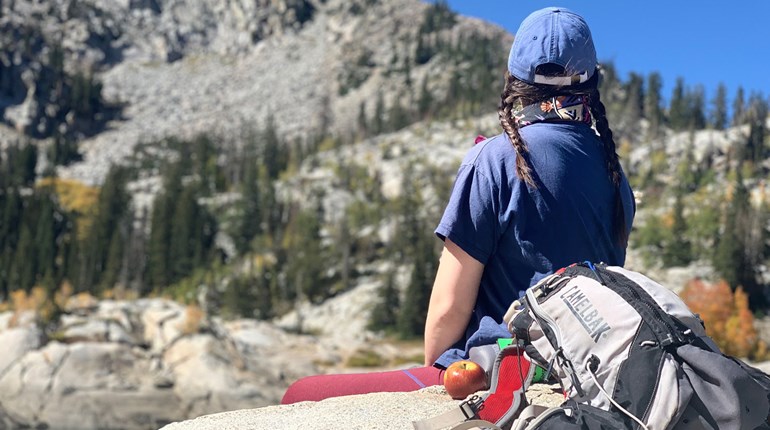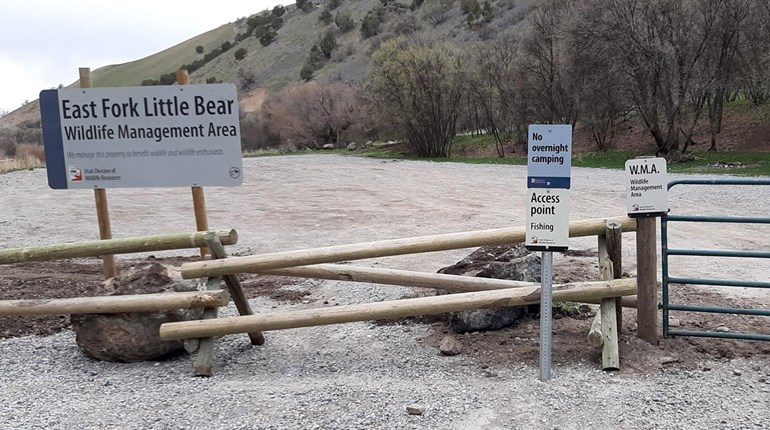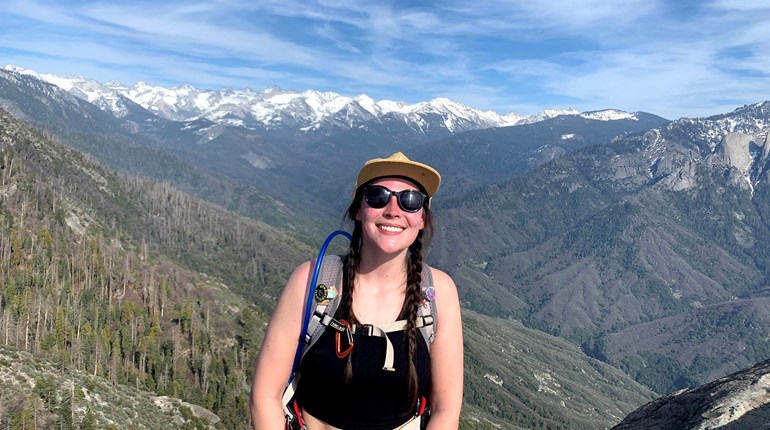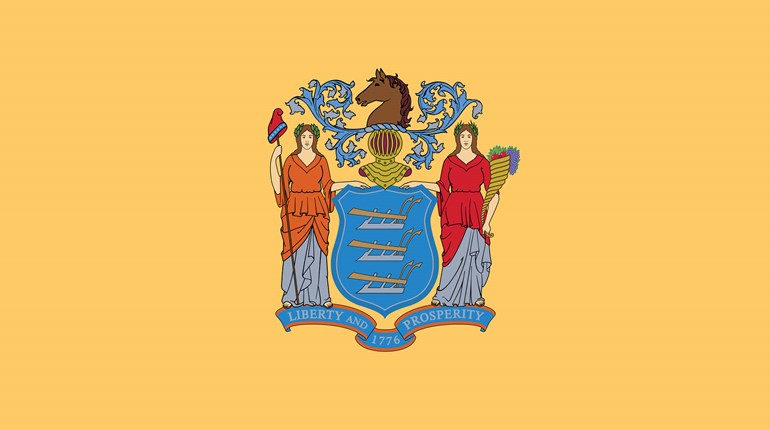
Just like in any good horror movie, it was late at night, pitch black outside, and everyone in the tent was sound asleep but me. And it was quiet—too quiet. The rustling started faintly at first, then it came closer to my side of the tent.
My head darted up to the window. Nothing there. As I lay back down, the noises began again, right outside. I raised my head to the mesh window…nothing there. When the noises started again a few seconds later, I was taking no chances. Flashlight in hand, and with a finger on the switch, I slowly raised my head. As my eyes came level with the mesh, I hit the switch and flooded the area outside of the tent with light. The raccoon staring back at me stood only inches from my face and my scream woke up the entire campground and most likely everyone within a few miles.
Despite all the surprises that can happen while you’re out there, camping can be a whole lot of fun. Since my first trip, safely secured in a pack atop my dad’s shoulders, I’ve been enjoying the outdoors. From car camping as a kid, overnight backpacking trips in high school, to more recent adventures like kayaking through Florida’s Everglades National Park for a week, camping can be as low-key—or as challenging—as you want.
Planning
Your first camping trip is easy to plan. If you don’t have a tent, quite a few campgrounds offer cabin rentals. If you have a tent or your family has a car camper, you’re ahead of the game—but it’s a good idea to practice setting up and taking down your tent a few times so you’re comfortable with the process before you get into the woods.
When you’re searching for campgrounds, pick one near something your family will want to visit. It could be a state or national park, fishing stream or hiking trail, or close to a hunting spot so you can scout during the off-season. If this is your first trip, don’t overdo it—an extended weekend is plenty of time. If you find you like roughing it, you can always plan a longer trip next time.
Once You Arrive
If you’re tent camping, take some time to pick the best location for the tent—most campgrounds will let you look over a few sites before you make your final choice. Stay away from low spots in case it rains. If bugs are an issue, a breezy area will help keep them from gathering around you. Keep in mind that any nearby areas of standing water may attract bugs as well. If there’s a spot for a campfire, keep the tent at a safe distance. A flat area is preferred; it won’t easily collect water, and you won’t feel like you’re about to roll downhill when you’re inside the tent trying to sleep. Don’t forget to think about where the showers and bathrooms are in relation to your site before you pick one.

Setting up the tent can be a fun, family effort. Put someone in charge of each task—picking the site, unfolding the tent and making sure the door opens the right way, assembling the poles, setting the tent into place, and then hammering the stakes into the ground.
After you position the tent, take a step back and make sure you’re happy with the setup. Then grab your sleeping pads and bags and put them inside. A doormat or a small, sturdy outdoor rug placed at the door of your tent gives you the perfect place to take off and put on your shoes. This helps keep the inside clean and dirt free. Most tents have a door made entirely out of mesh; I almost always keep this in place to keep bugs out.
Once you’re done setting up camp, you can kick back, grab your Kindle or start planning the next day’s hike!
 First Aid
First Aid
A good first-aid kit is a tool everyone should have. You can either make your own or purchase a pre-filled version. Some necessities to include are: antiseptic ointment, bandages, adhesive tape, blanket, cold pack, disposable gloves, gauze, hand cleaner, plastic bags, scissors, tweezers, whistle, a small flashlight and extra batteries. The items and amounts you need may vary depending on how many people you are concerned about and the activities at hand. Regardless, make sure you know what’s in your kit as well as how and when to use it. Periodically check your first-aid kit to make sure everything is fully stocked, and within its expiration date. Replace used items as soon as possible.
A family-friendly first-aid certification course is a great idea. Check out the American Red Cross’ Web site to find one near you. Learning proper first-aid techniques is important for everyone in your family—it’s a skill you’ll hopefully never have to use, but it makes sense to be prepared.
Drink Smart
Always check with the campground office to make sure their running water is safe to drink. If you have any worries, you can bring bottled water from home—a good estimate is a gallon per person, per day, including extra for brushing your teeth and washing dishes.
Never drink directly from lakes, streams, or any other natural water sources. While the water might look clean, the bacteria and viruses that can make us sick are completely invisible to the naked eye. In an emergency, where you don’t have access to a known source of good water, you do have a few options. You can boil water to make it acceptable for drinking. You can also use a water purifier or water purification tablets, which are available at outdoor stores.
Packing List
- Water and food; water containers; insulated cooler
- First-aid kit; sunscreen; bug spray
- Prescription medicines
- Matches
- Tent (don’t forget the tent poles and stakes!)
- Sleeping bags, pads and pillows
- Towels and flip-flops for the campground shower; soap
- Flashlights with spare batteries
- Camping lantern with spare mantles
- Two-burner cook stove; cooking/eating supplies/utensils; rain tarp to cover your cooking/eating area
- Camp ax; shovel; knife
- Extra clothing; hat
- Toilet paper
Final Tips
- For some pretty effective firestarters, roll up newspaper and stuff it into empty paper towel or toilet paper rolls.
- It’s tough to light those propane camping lanterns with matches. Ever think about using a piece of spaghetti? It works.
- Put your food away when you leave the tent. Squirrels and other critters like nothing better than to chew through containers to nab your tasty treats. Store the food well away from the tent. Never bring candy into the tent, and keep other sweet-smelling items like toothpaste—which can attract bears-—outside.
- Save and clean a couple two-liter soda bottles. Before you leave, fill them almost full of water, freeze, then use them to keep your cooler cold. When they melt, you can drink the water. Never fill completely full, because water expands when it freezes.






